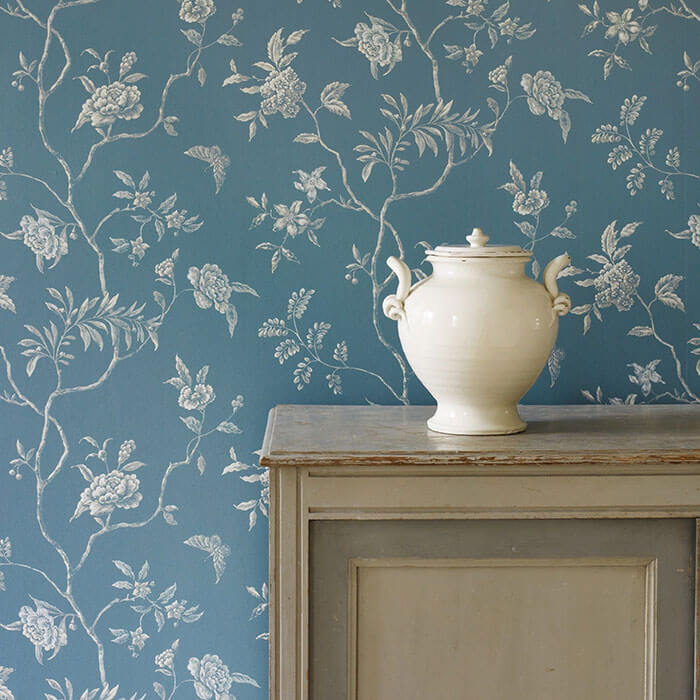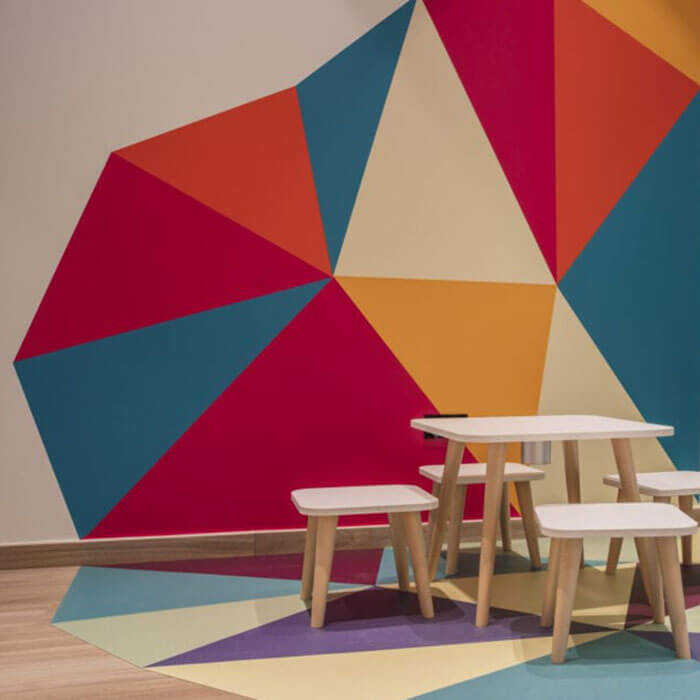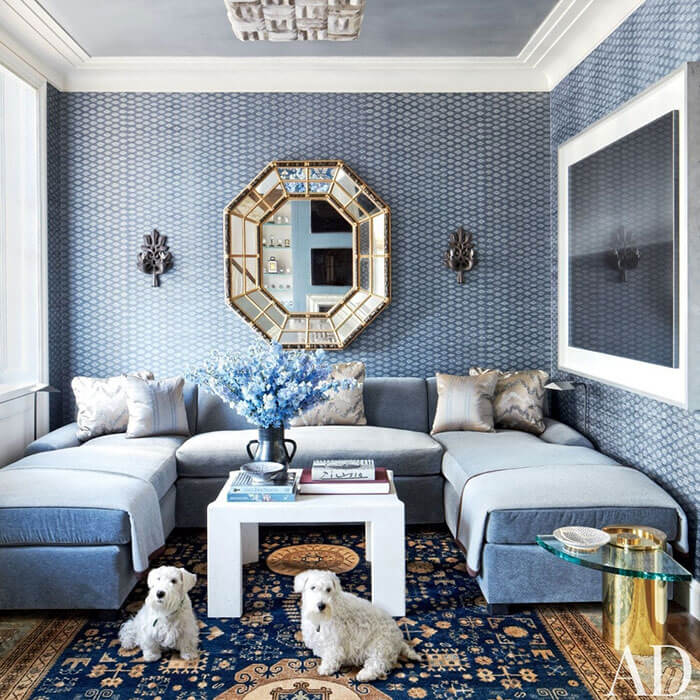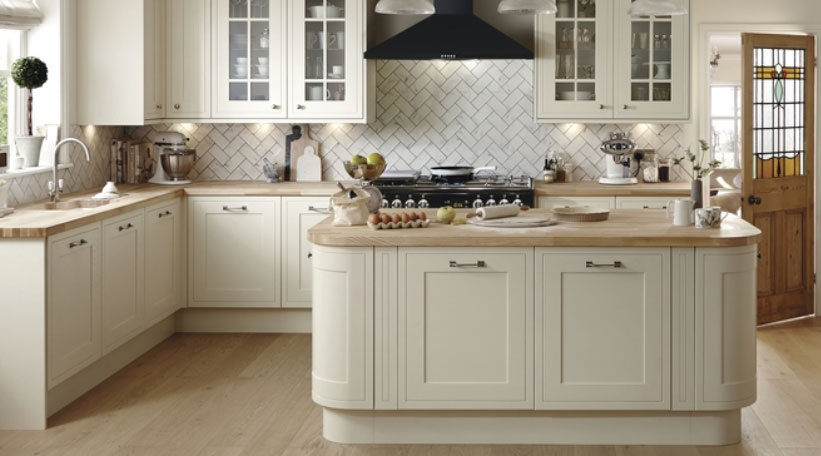There’s a fine art to mixing different decorating styles in a single home.
By Diane Franklin
The first rule of “Decorating 101” is to pick your decorating style, but what if you like more than one? Can you be contemporary in the living room, Scandinavian modern in the kitchen and romantically traditional in the bedroom? Yes, yes and yes. In fact, there’s nothing wrong with mixing decorating styles—as long as you know how to do it well.
Consistency in Color
If you plan to use different styles in different rooms, one element that can be a unifying force throughout your house is color. But wait, you might say. Isn’t color itself a style element? Won’t a contemporary room have a starker, lighter color while a traditional room will have a deeper, darker hue?
While some styles do have signature colors, there is enough overlap to fit into more than one style. For instance, white walls and furnishings could look great in your “shabby chic” family room with the comfy overstuffed sofa, but they also lend the proper austere quality for your Scandinavian modern kitchen. Gray could be a unifying wall color for all the rooms in your house; paired with the industrial-style furnishings in your living room, it will provide you with an urban look, while gray walls coupled with the bright Moroccan pattern on your bed may give your bedroom a BoHo Chic flair.
A good idea to unify a home with different styles is to choose a limited palette and repeat those colors in different rooms. For instance, you might choose gray as your backdrop color, but choose black, white, navy blue, lime green and deep pink for accents, trims and accessories. Choose those colors to recur in similar ways—i.e., white molding, black tabletops, navy blue fabrics with lime green and pink in the patterns—to make your home seem more cohesive.
Consider Transitional Areas
Transitional areas are a way to “reset” the eye as you and others move from space to space in your home. Hallways are a good transitional area. Often a centrally located room in your house, such as the family room or kitchen, can serve as a transitional space as well. Since the family room or the kitchen gets the most use by family and friends, you may want to use an eclectic decorating style that draws elements from other styles used elsewhere in the home. This is how you can help the transition from a formal living room to a sleek, modern kitchen without it seeming like these spaces should be in two separate homes.
Let Flooring Set the Tone
Much of a room’s personality comes from the type of flooring you use. In the case of a contemporary room, for instance, you may opt for a hardwood floor in a light, perhaps even industrial-looking color and accent the space with a geometric area rug. In a formal living area, you may select a deep-pile carpet or a warm, rich-toned hardwood accented by an Oriental rug. Because the flooring choices help you transition from one style to the next, your eye is more accepting of these changes as you move about the house.
However, if you would like a more seamless transition from room to room, you could opt to use a mid-tone hardwood flooring throughout the home and connate your various style changes through different types of area rugs—i.e., geometric patterns in the contemporary spaces and floral patterns or classic Oriental rugs in the traditional spaces.
Furnish and Accessorize Accordingly
For each room to have its own decorating style, let the furnishings and accessories tell the story. Sleek lines, minimalistic use of accessories and modern artwork will define your contemporary space, whereas traditional settings will make more use of curves, patterns and texture. If you have certain interests—travel, sports or movies, for instance—you can use those themes in both the contemporary and traditional areas of your home with the use of artwork and accessories that fit these styles. Family photos and vacation mementos also can appear in different rooms in different styles but tell an overall story of who you are, who you love and what you like to do.
The big takeaway here is that you don’t have to be confined by a specific decorating style. Rather, create a home that is a mix of the styles and looks that you love the best and are the best reflection of you.

 Interior Paints
Interior Paints Exterior Paints
Exterior Paints Primers
Primers Stains & Clears
Stains & Clears
 Paint Brushes
Paint Brushes Paint Roller
Paint Roller Paint Trays & Liners
Paint Trays & Liners Wallpaper
Wallpaper Design Services
Design Services Designer Fabrics
Designer Fabrics
